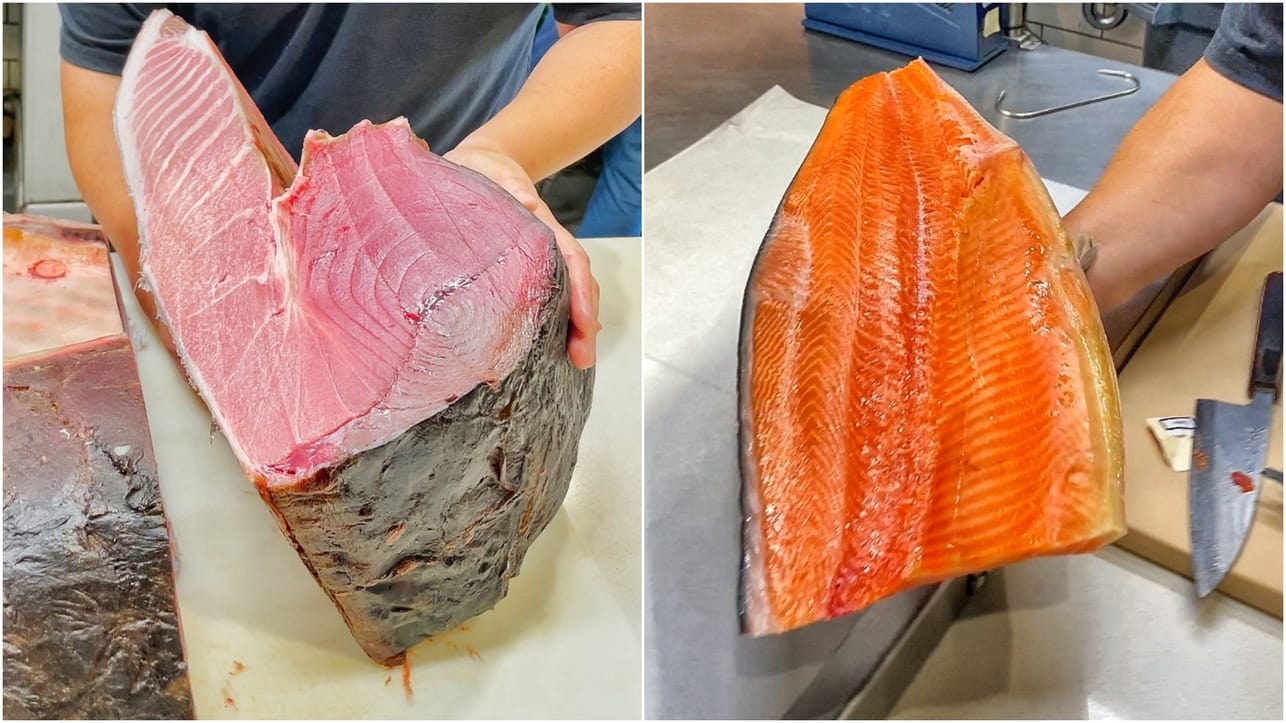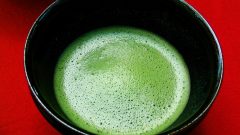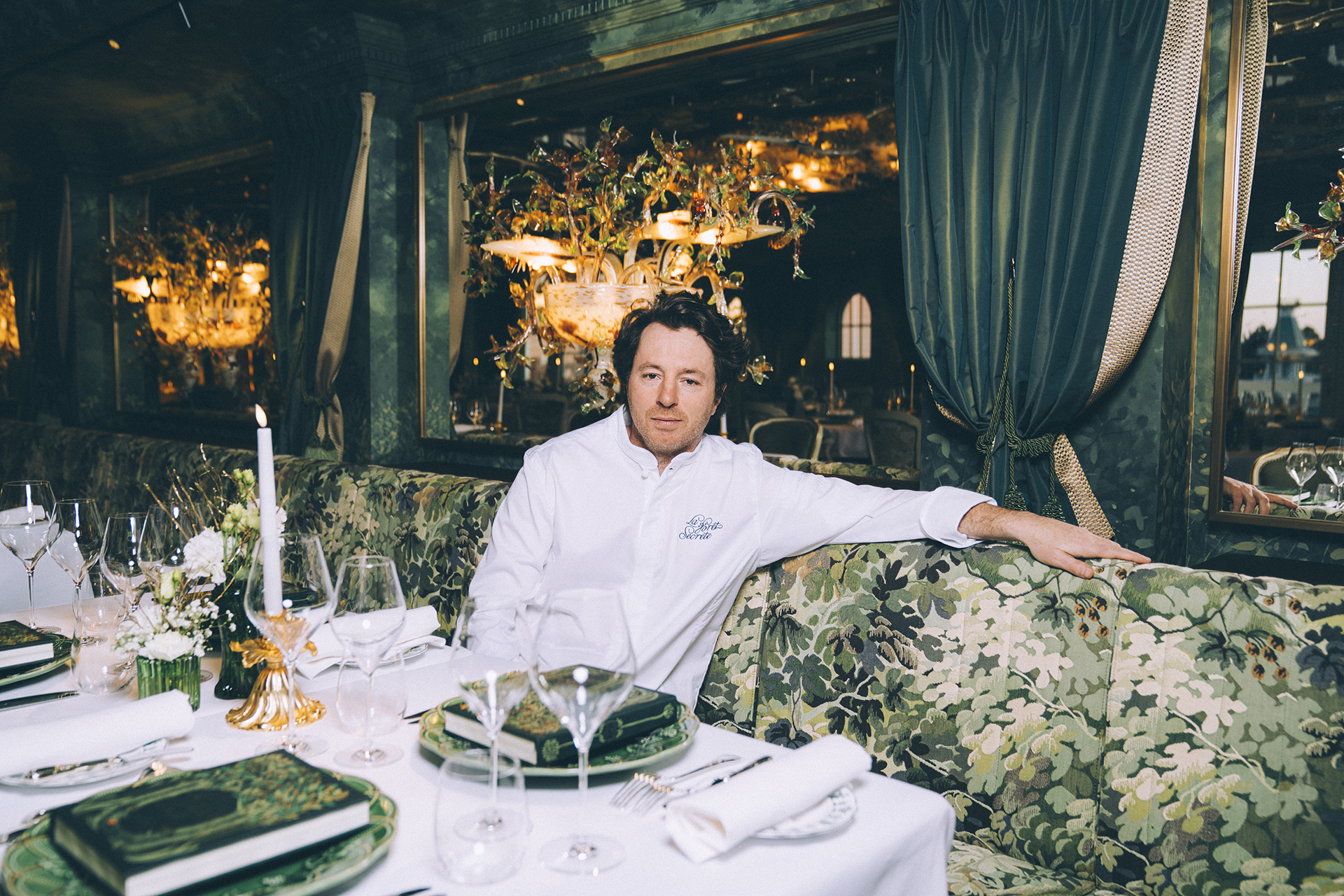As The USA Adopts Dry-Aged Fish, These Are Key Facts To Know About It

We’ve all heard of dry-aged steak and the incredible flavors that can develop from that process by now. In recent years in the United States, that practice of preservation has extended beyond beef and into the world of fish.
At the forefront of that movement is Liwei Liao, aka “The Dry Aged Fish Guy.” Over the past couple of years, his seafood market, The Joint, has turned into a hub for dry aging quite a few different kinds of fish. You’ll be able to find roughly a dozen or so in his cavalcade of dry-aging refrigerators stationed throughout the market.
Liao and his team are servicing not just the local neighborhood in Sherman Oaks, California, but are also supplying restaurants with dry aged fish all across the state’s coast. Overall, there’s at least 30 restaurants in the Golden State now serving dry aged fish, with demand growing exponentially.
As this movement continues to expand in California (and elsewhere), here’s a few things to know about how dry aging works, where it’s rooted from, and how we can benefit from it.
Dry Aging Fish Is Rooted In Japanese Traditions

While relatively new to consumers in the United States, dry aging fish has been happening in Japan for hundreds of years as a means of necessity. It takes time for fish to make it from getting caught to the restaurants that sell it, and what happens to the fish in that time span is critical to keep it from going bad. Dry aging techniques from Japan played a huge role in that, and is where a lot of the modern practices originate from.
Outside of Japan, you can find specialists in dry aging fish in places such as Hong Kong, Austin, and of course, Liao’s Los Angeles-based fish market. In Hong Kong, chef Max Levy dry ages fish for his two izakaya (Okra Hong Kong and Okra 1949), while chef Jay Huang at Austin’s Lucky Robot has a variety of dry aged sushi and sashimi available.
The Joint stands out from these places because it is both a supplier to restaurants and a service to consumers. You can actually walk in and get a dry aged cut to take home and experiment with for yourself.
Dry Aging Fish ‘Cleans’ It, And Can Be Different From Aging Steak

When it comes to dry aged steak, you’re probably expecting multiple weeks’ worth of aging, a crust that can contain mold on the outside, and a deep change in flavor that includes some funkiness.
Can fish get dry aged to that point? Yes, but the main goal here is to keep it fresh longer and get rid of excess blood, slime, and moisture. Liao continually pointed out to Foodbeast that you’ll notice a lack of a strong fishy smell, a cleaner flavor, and a slightly firmer texture in dry aged fish as a result.
Most small fish are only dry aged for a few days to achieve that result, while larger cuts of big fish like bluefin tuna can take a couple of weeks or more.
It’s Easier And More Forgiving To Cook At Home

Because excess moisture is removed in the dry aging process, fish tends to not curl up, shrivel, or shrink if its gone through a few days of dry aging. The result is a more tender and juicy piece of fish that can be slightly overcooked and will still maintain that unctuousness.
If you do go to The Joint and pick up a cut of fish to cook, this might help you feel a little more reassured in not screwing things up. Of course, you can also just make some incredible sashimi out of the fish.
In Terms Of The Science, There’s More Questions Than Answers
Liao told Foodbeast that each different kind of fish that he dry ages at The Joint has to be experimented on to find the right conditions to get a proper dry age on it. Over tons of trial and error over the years, he’s been able to dial in the correct parameters for each kind of fish his spot commercially produces.
In terms of the actual science behind it, however, published research remains scant. A search in scientific databases found a single article from 2020 on the subject. Thus, most of what we know about dry aging fish comes from what is understood about how the fish changes from years of tradition and practice.
As consumers, however, the biggest things we can take away is that dry aging keeps fish fresh longer, makes it easier to cook, and changes fish in ways that makes it more delicious.
If you’re interested in trying dry aged fish, or learning more about the process, check out the full Foodbeast video featuring The Joint on Facebook.






















